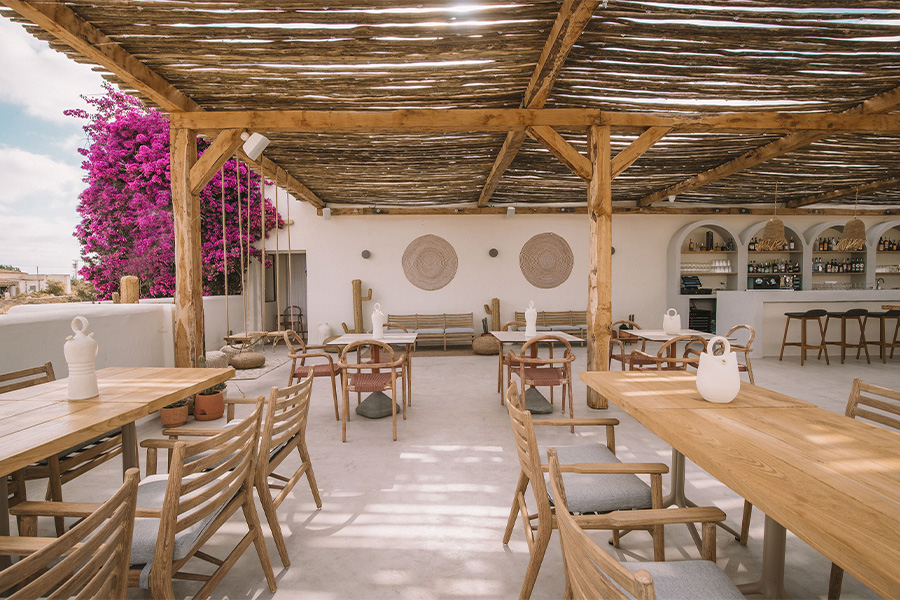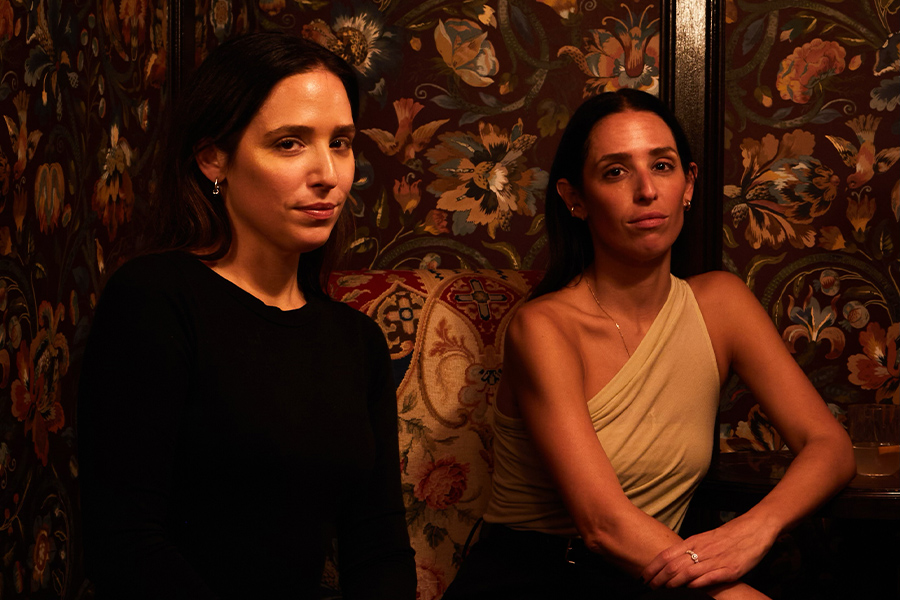In this installment of Meet the Minds, Gabi Ladaria, founding partner of Madrid- and Valencia-based Destudio Arquitectura, discusses recent projects, the people who have helped shape his career, and what he sees as the pinnacle design project.
Where did you grow up? Did it influence your career path?
I grew up in Valencia, so it’s very clear that you’re surrounded by the atmosphere of Mediterranean Sea and the light, the colors, and materials used there are deep inside your design ideas.
What is your first design memory?
My parents built our summer house when I was about 8 and it took more than two years of work. I remember visiting the works and saw the architect explaining to us where the kitchen was, where we could open a window to watch the sea, etc. It was like watching a man telling a sci-fi story to that little boy.
Give us a bit of your background: college, first jobs, early lessons learned.
I had a very good design teacher at university, and his passion pushed me, and many others at my school, to dedicate my life to this. At university, you’re focused in meeting new people (and girls), but when you look back now, you realize [the impact] those great teachers had on your work—on your way to see spaces, buildings, cities, and life. When I ended university, there was no jobs and work at all: the big crisis had just started, so I started working for a furniture factory. They wanted me to sell their products in UK, so I was there one week per month visiting all the big studios in London, and helping them furnish their projects with our custom-made pieces. I learned two important things from that age: the importance of selling (which nobody talks about in university) and being in touch with the latest in the design world—visiting suppliers, fairs, and other studios.

Fandango restaurant on the Spanish island of Formentera
When and why did you decide to launch Destudio?
Even though the crisis wasn’t over, I felt I could be more productive to this world if I developed my design knowledge even in just a bathroom design. I started to share this thinking with Nacho (who was a friend from university and was in the same situation) and we said “sink or swim.” We started out as just two creative people with passion for our work in very small projects, and that passion led us to bigger projects and create the 10-person studio we are six years later.
How would you describe your firm’s style?
I dislike the designs where you can say who has made it at first sight. So it’s important to be somehow chameleonic, adapting your concepts to both site and clients. Even so, there are some principles you can’t lose: sustainability, function, and beauty. (The Firmitas, Utilitas, Venustas of our time.)
Describe your recent hospitality projects.
We recently finished two restaurant projects on the small Spanish island of Formentera. This is the perfect sample to explain the previous question about style. Even if both restaurants are on the same island just miles away from each other, even if they are focused on the same kind of people, the projects are different and you wouldn’t say both are made by the same studio.
Fandango highlights the closeness to the sea, and the relation to the beach just beside it. We made a place to spend hours eating and dancing, and always looking to the Mediterranean. The fun and the sea were the common thread of every corner in this project. Ritmo, on the other hand, was a deep sight to the Balearic culture. Instead of the fun and sea, here you will find spaces related to local crafts and tradition, using handmade materials such as terracotta or rattan.
What architect or designer do you admire most?
Nobody has made better architecture than Mies. People sometimes confuse being minimalistic with being easy. However, when you attempt to create projects with his elegance on details you realize you won’t be able to reach that excellence. He used to says: “God is in details,” but for me the one who is always looking at our work from above is him.

Ritmo, another restaurant Destudio completed on Formentera
What is your dream project?
Centuries ago, a cathedral was the highest project an architect could reach. From the second half of 20th century, museums have been our cathedrals in this sense. Even if this age of museums is coming to its end, there is no other kind of project that reaches that prestige.
If you could have dinner with anyone, living or dead, who would it be?
Salvador Dalí. I have read books of his guests at his dinners and that had to be an amazing experience. Not only because they met the artist, but also they dive in his surrealistic world listening to crazy stories. He used to join interesting people at his table, so you could met other artists, scientists, architects… But you met them not only in the intellectual side (as Paris at 20s) but also in the funny way of a surrealistic dinner, may be wearing fancy customs or other crazy ideas of Dalí.
If you weren’t in your current career, what would you be doing?
I have always dreamed of directing a movie. In architecture, you work for leaving a better world, but it’s a very slow work that take years just to change a small plot. In the movies, you already live in the world you imagined.
More from HD:
Creative Spirit Abounds at Thompson Savannah
What I’ve Learned Podcast: Neri&Hu
Hotel Kansas City Balances Grit and Glamour


